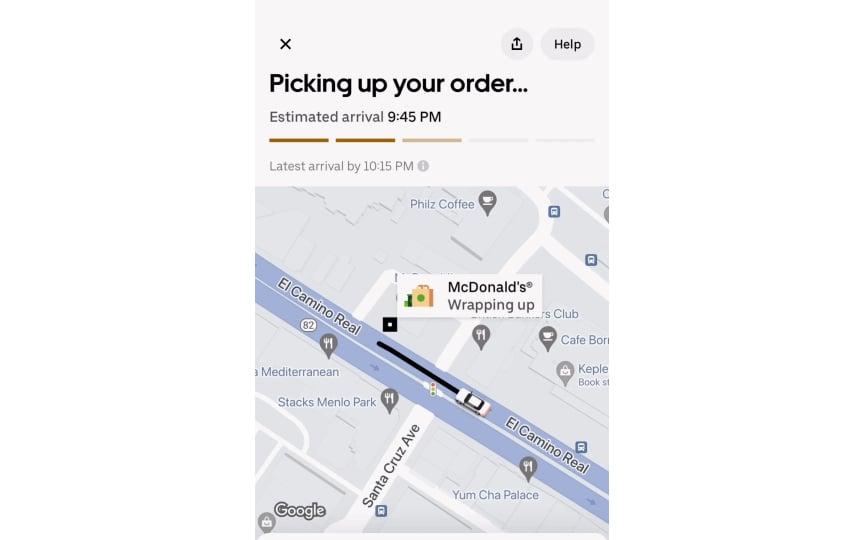Defining true MVP by cutting complexity, not value
In product management, being first to market often matters more than being perfect. This reality shapes how smart teams prioritize their work. A solution that's 80% complete but launched today might capture market share that a perfect solution 6 months from now would miss entirely.
Market timing involves multiple factors. Customer expectations evolve rapidly, especially in fast-moving industries. Competitors release new features constantly. Industry events and seasonal patterns create natural launch windows. Understanding these dynamics helps you decide when speed should take priority over additional polish.
Consider creating minimum viable products (MVPs) for time-sensitive opportunities.
MVPs fail when teams confuse minimum with bad. The goal isn't building something barely functional, but finding the smallest thing that delivers real value. This means ruthlessly cutting complexity while preserving the core experience users need.
Eric Ries, an American entrepreneur, blogger, and author of The Lean Startup, defined MVP as the version allowing maximum validated learning with least effort. But many teams build stripped-down products that satisfy no one. The art lies in identifying what truly matters to early adopters versus what seems important but isn't.
A food delivery MVP might skip restaurant ratings, cuisine filters, and saved addresses. But it must nail reliable delivery and accurate tracking. These core features deliver the fundamental value proposition. Everything else is complexity that delays learning whether people actually want your solution.[1]
Pro Tip: Test your MVP definition by asking: "If we only built this, would early adopters find it valuable?”


